Where did you grow up?
South East London
When did you take your first picture?
When I was eleven.
Then I asked for a camera for my fifteenth birthday.
One of my brothers showed me how develop a film and to make a contact print.
I was completely absorbed by photography for the next 40 years.
What was your first job?
Aged 18, I spent two weeks in an ice cream warehouse, at minus 20 degrees.
It paid for my new darkroom.
I always developed and printed my own pictures.
Who did you assist?
I am grateful to several photographers who gave me a chance at age 18 and 19: David Davies, Mike Goss, Mick Dean, Bob Croxford, Eric Mandel.
But it was David Thorpe who had the greatest influence. I worked with him for 6 years.
What was the first image someone paid you to produce?
£5 to shoot a pencil sharpener, in 1970.
My first real job was for Paul Arden in 1977.
He was going to be a photographer and had asked me to be his assistant.
I said no, I’d been an assistant for long enough and I was going on my own.
A few months later he gave me my first job, a twelve day car shoot!
I was probably saved by some good retouching.



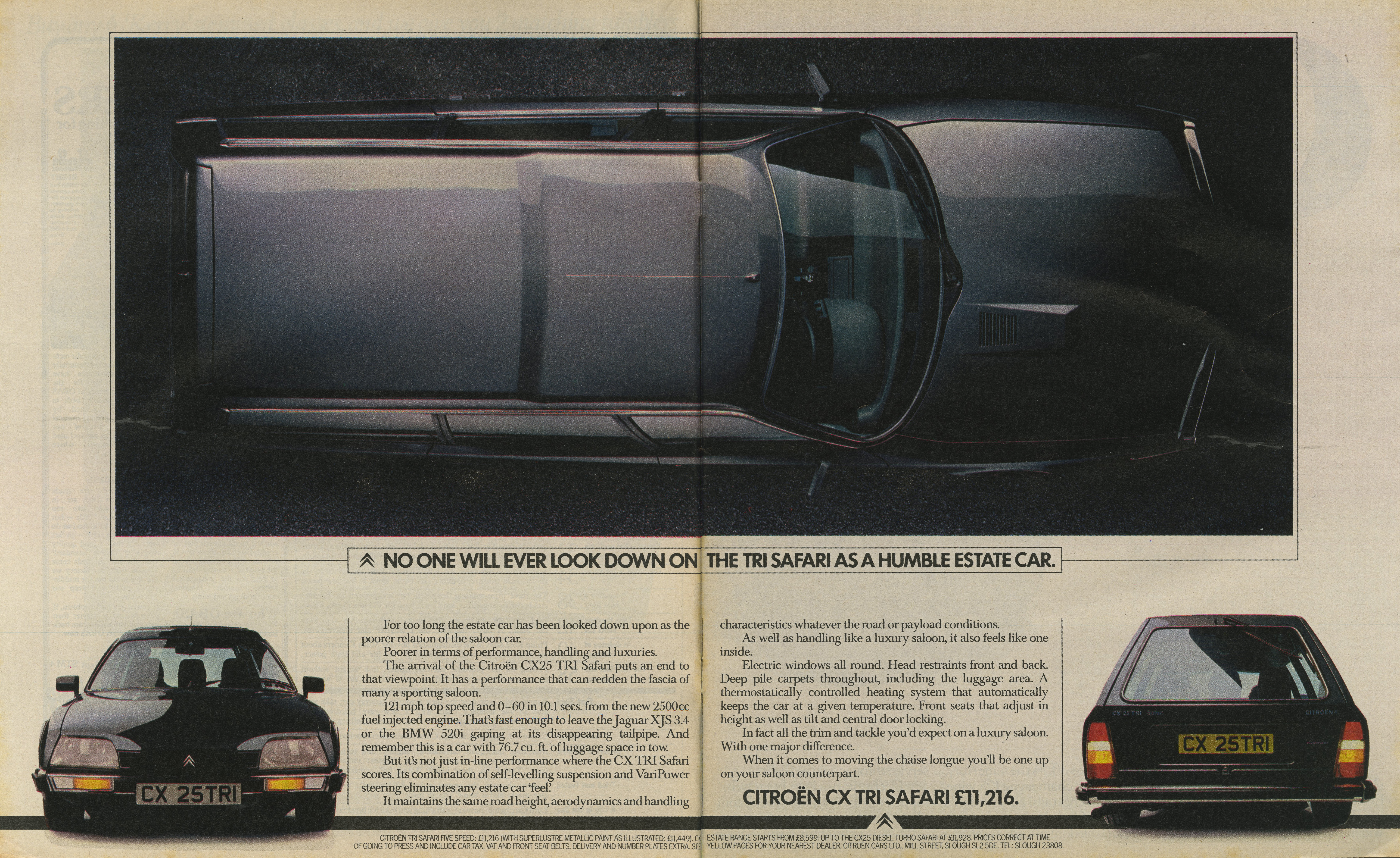 The ‘Looks aren’t everything’ ad is the old ‘mechanical’, probably made with Letraset and a scalpel. I don’t have a proof.
The ‘Looks aren’t everything’ ad is the old ‘mechanical’, probably made with Letraset and a scalpel. I don’t have a proof.
I can’t help but notice those weird angular shadows?
Yes, that was Paul’s idea, he was very insistent that he wanted ‘square shadows’.
Who was the best Art Director you worked with, and why?
I couldn’t say, I worked with so many talented art directors.
Bob Isherwood, Rob Morris, Alan Waldie, Neil Godfrey, Paul Arden, John Horton, Ron Brown, Nigel Rose, Cathy Heng, and many others.
They had great ideas and knew what they wanted.

I wouldn’t have guessed this portrait of Dave Horry was one of yours Graham?
Yes, Dave was quite resistant to appearing as nature intended.
It was commissioned by Roland Schenk, a very influential designer who had adventurous tastes in photography.
I was experimenting with spots and mirrors at the time, and used them for the scaly effect.
I presume Irving Penn was your hero?
One of them.
Also Lester Bookbinder.
I once asked him who’d had the greatest influence on him, he replied: ‘Penn, Penn, Penn, and ….err… Penn.’
I think Lester was in a class of his own, but he was mostly doing commercials by the time I was working.

Totally agree, I love Bookbinder’s stuff.
Not being a photographer, it’s difficult to explain why they have that magical thing about them, most of the shots just simple set ups on white backgrounds.
How did he do that?
I wish I knew.
First, he must have believed it to be possible; how do you get a horse to stand still like that, and to look down a little, no, slightly to the left, with one eye towards camera?
While the people are all doing their part but without looking static.
Maybe it was all done on a dye transfer or in retouching?
I remember Ron Collins telling me about a shoot for Clark’s shoes with Lester, eight women in a line doing the can-can. Lester said to Ron, “I can only watch five at once, you take the three on the left.”
Who else inspired you?
So many…Bill Brandt, I loved his use of black, and extreme perspective, drawing you in and making you wonder what was going on in there.
A good picture makes you think, and to want to look at it again and again.
It does not give everything to you all at once. 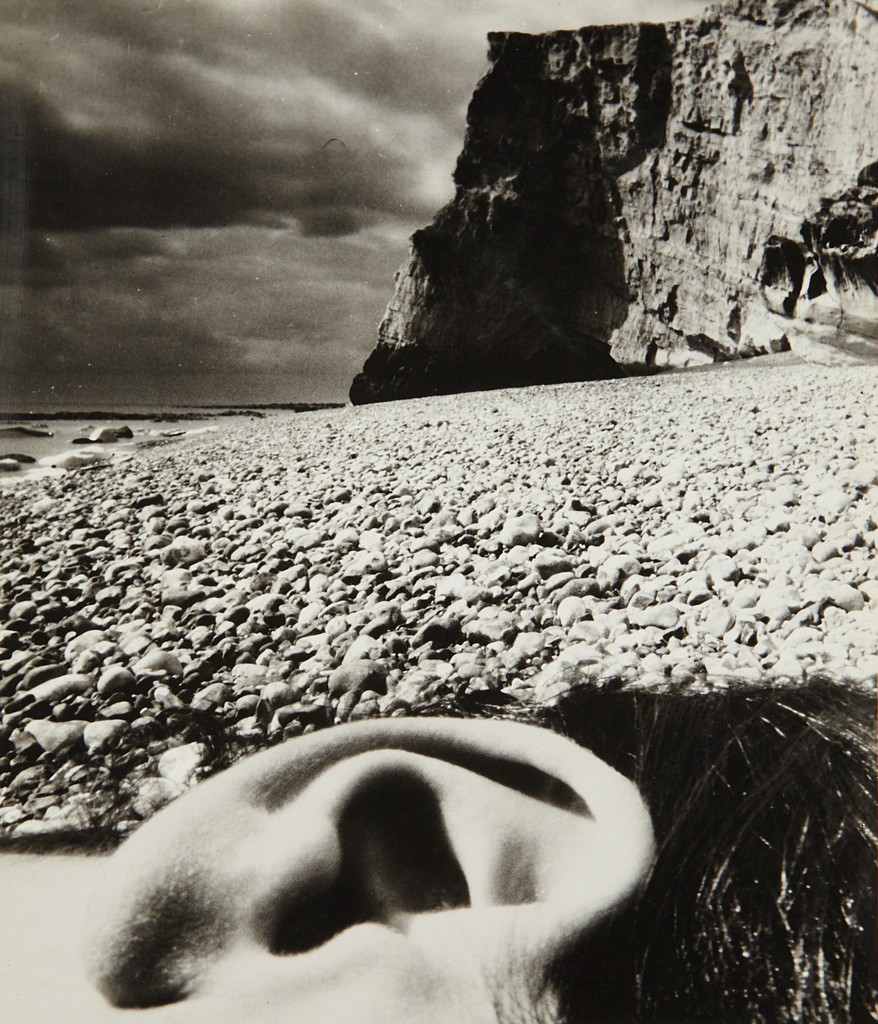
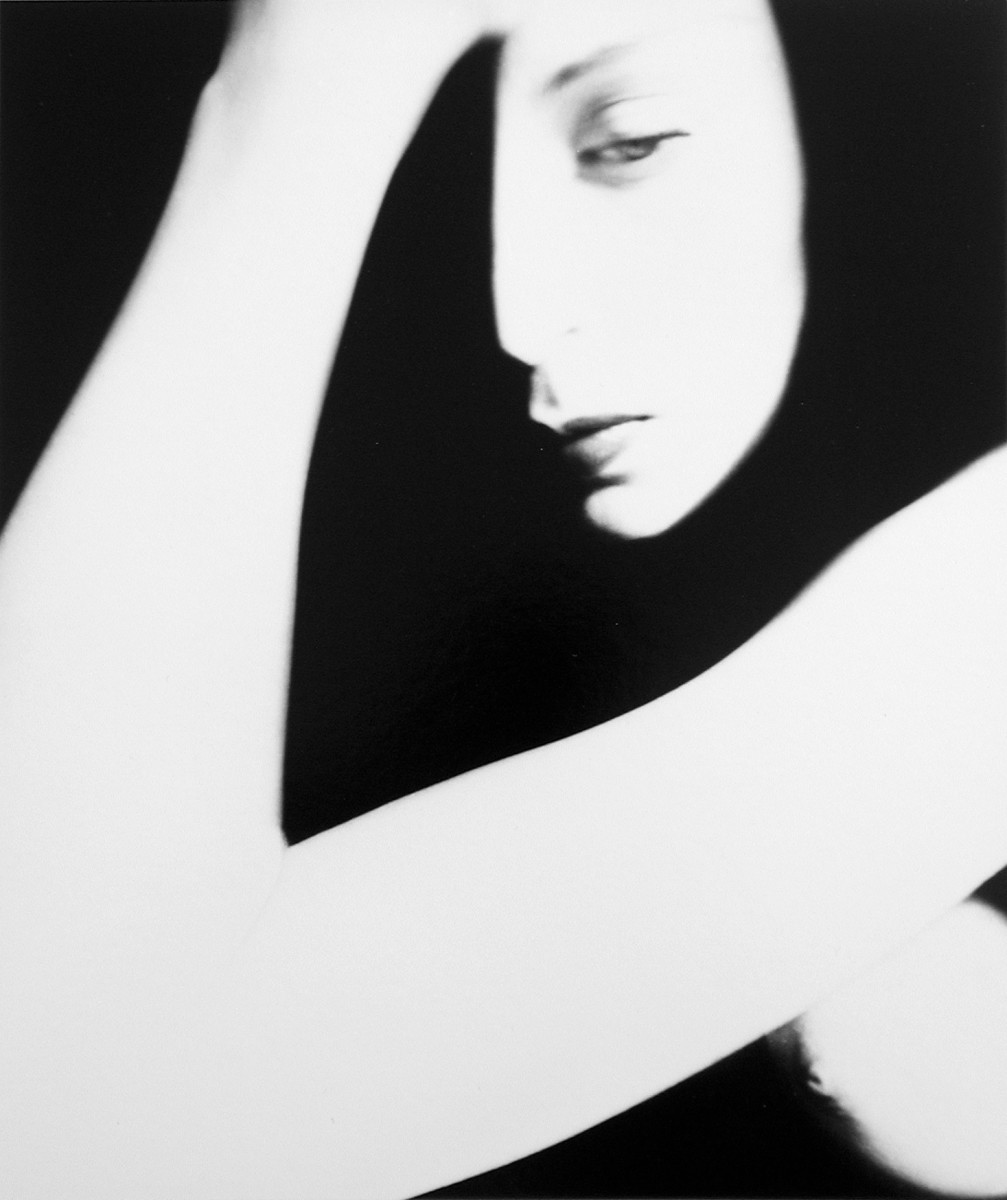
Someone told me you shot Bill Brandt’s collages?
That’s right, there’s a book, it’s rather rare, ‘Bill Brandt. The Assemblages’.
I have one copy.
In later life Bill made some collages/assemblages and made some black & white photos of them.
I photographed all of those that were left, in colour in 1993, in collaboration with Zelda Cheatle, the publication has notes by Adam Lowe.
Despite what you may read elsewhere, all the colour photographs are by me. (The black and white ones are by Brandt.)
It was beautifully printed, but in very small numbers, about 1000 I think…or may be 2000.
Highly collectible.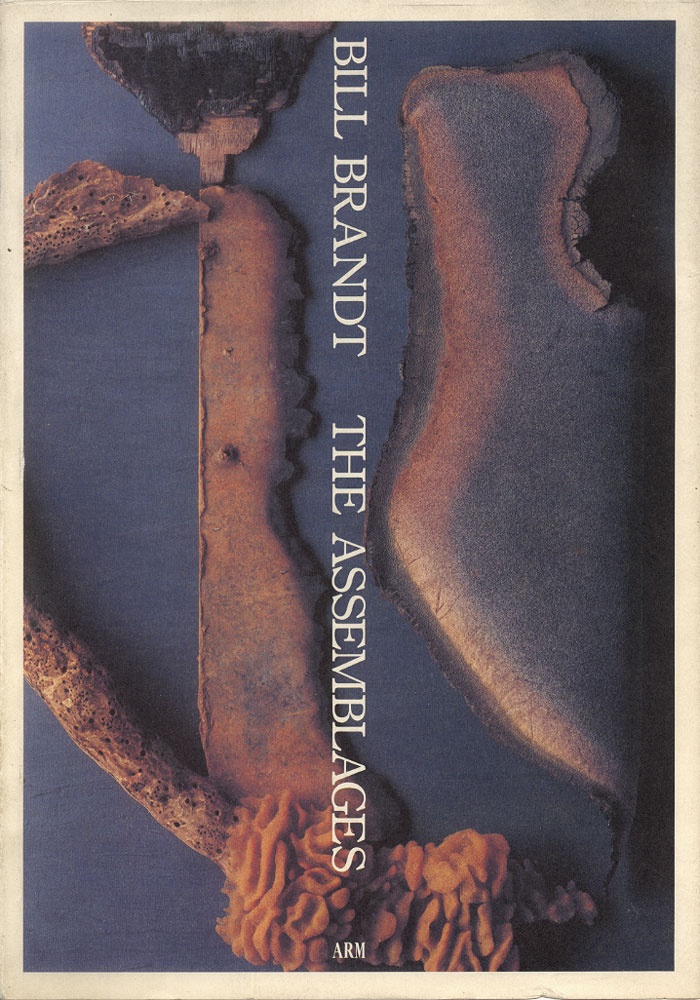 Ok, more names, any other influences?
Ok, more names, any other influences?
Well, Edward Weston.
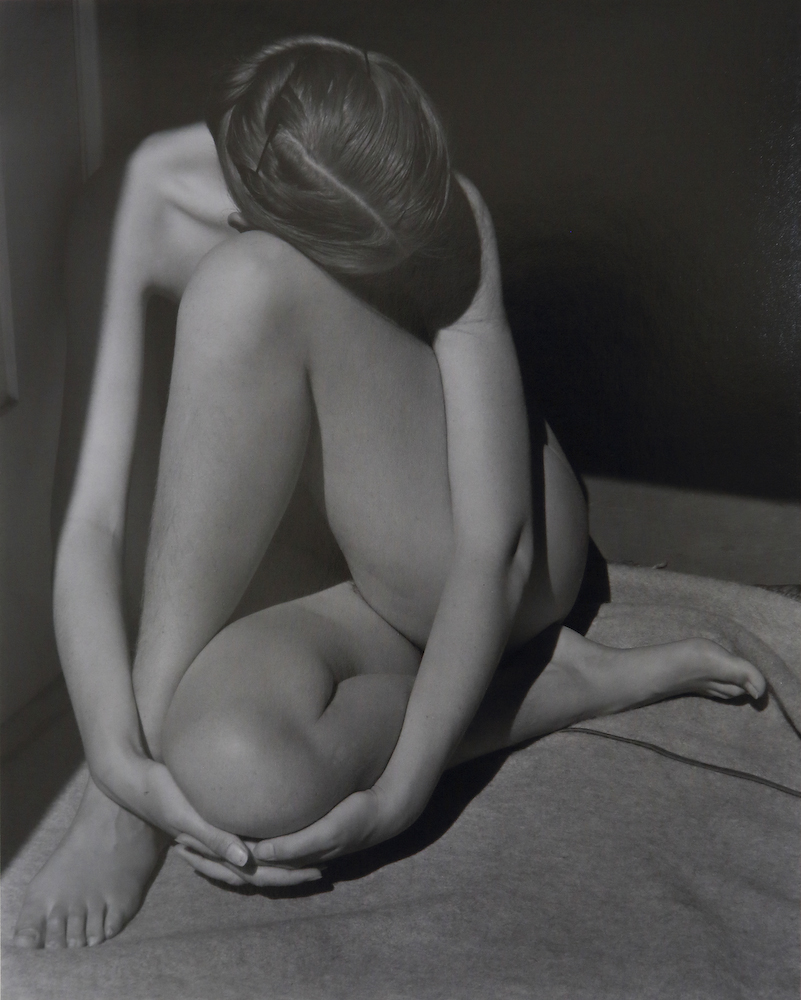
Paul Strand. 

Avedon.
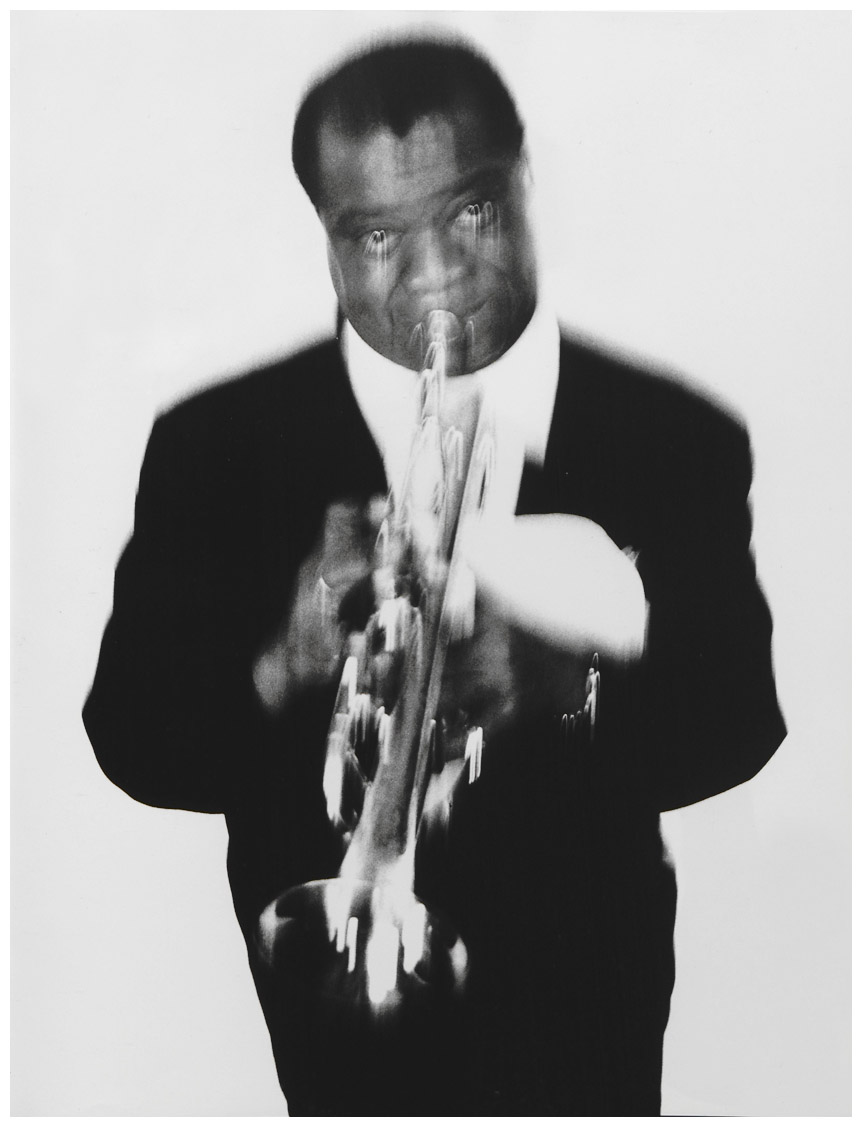
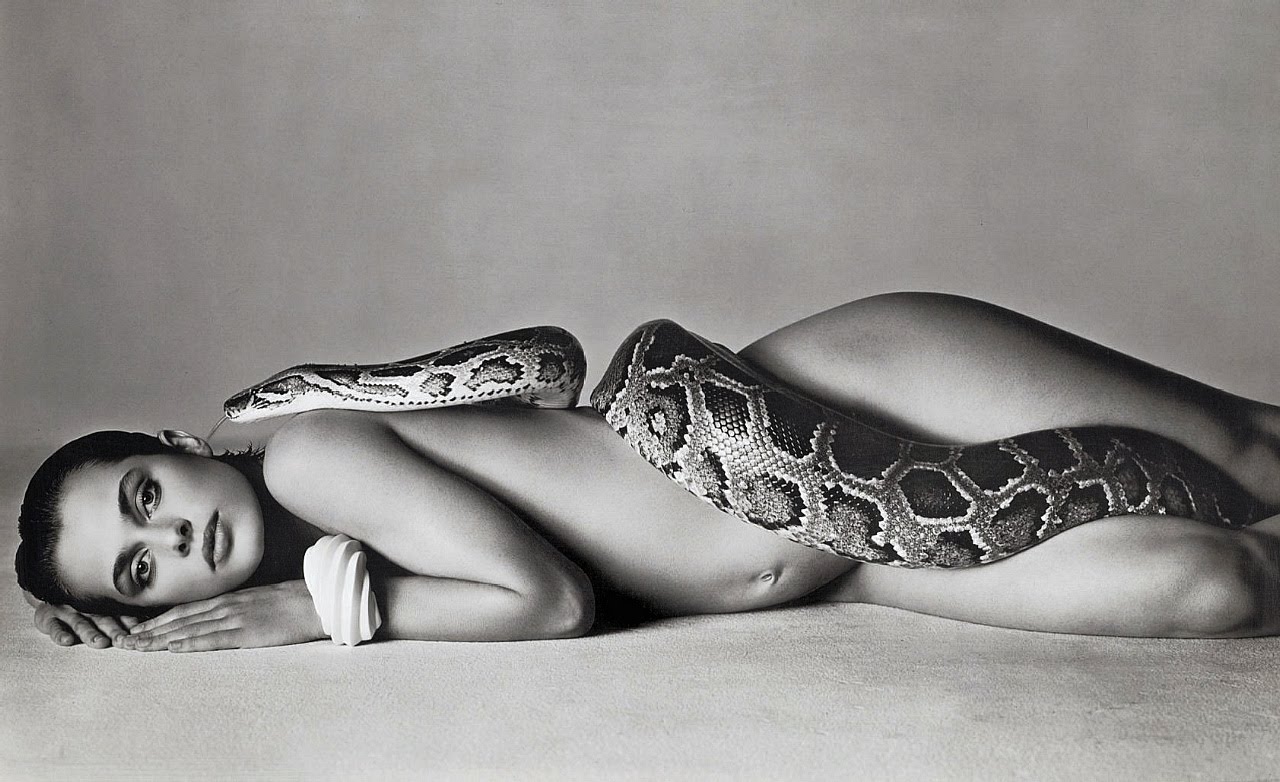
Phil Marco.


Weegee.
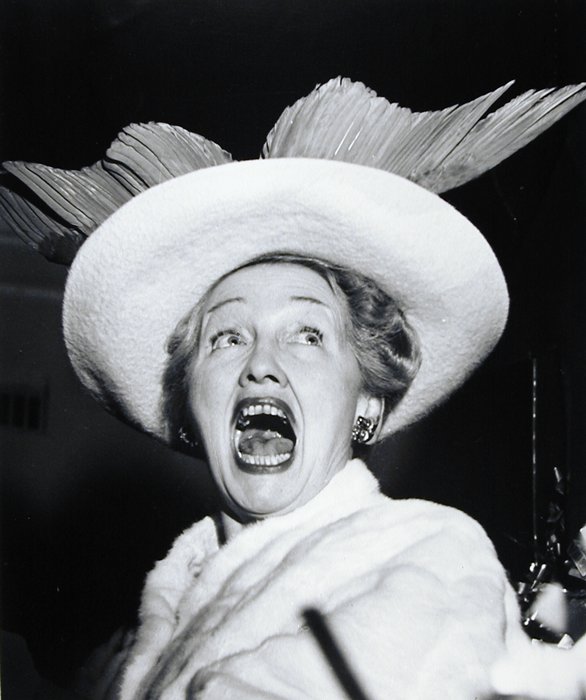

and Penn.


Man Ray.
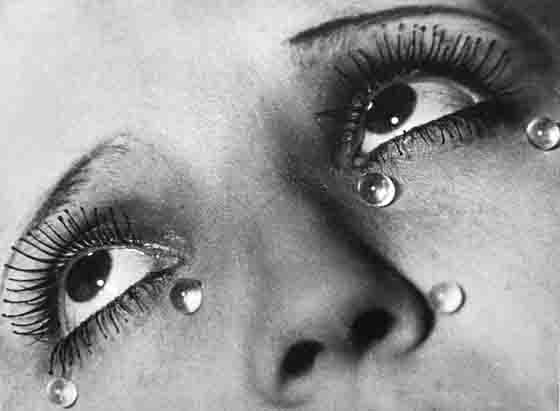
Hiro.


and Hans Feurer.

I also drew inspiration from Leonardo da Vinci,
Bach…

…and Beethoven.

I enjoy science and art, they both involve observation, understanding, questioning, experimenting, inventing.
I always listen to music when I am working. Was this done for real?
Was this done for real?
The agency had complaints about this one, how could we be so cruel?
Needless to say it was retouched. We shot the fish, and the fin was attached to a model.
The two images were then put together on the computer.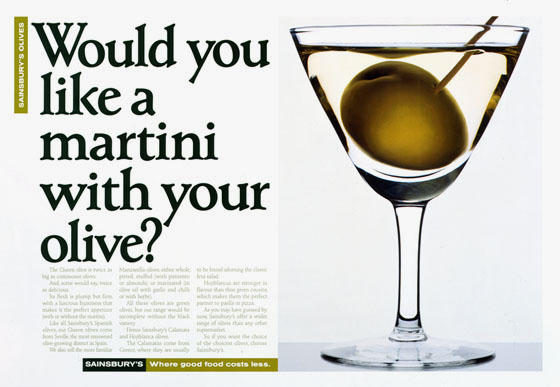 Did you prefer a tight or an open brief?
Did you prefer a tight or an open brief?
I always saw the layout as a starting point, often a point of departure.
Most art directors could draw very well, and knew what they wanted, but not always how to achieve it, a sketch with a black felt tip pen could show the idea without being prescriptive.
Art directors usually wanted some input from me if it helped to put across their idea.
In later years this happened less, as clients had more control; briefs and layouts became tighter and more finished, I would sometimes be given a finished illustration and asked to recreate it on film!
I usually worked with an art director in the studio, the composition had to work within a layout with just the right amount of space for copy and headlines.
Sometimes art directors would turn up for a few minutes, make a comment and leave again; still life photography is not much of a spectator sport.
Much of my work was a collaboration often involving model makers and background artists too, such as Gordon Aldred.
The best art directors were often the most demanding and wanted to break new ground in some way.
When shooting looser briefs, such as those for Silk Cut and Benson & Hedges, I had the luxury of spending one week or more on one picture, so I could try anything I wanted.
Unlike today, the picture would usually be a few sheets of 10 x 8 film hopefully with little or no retouching needed.
I rarely shot variations, the art director and I would make a decision and follow it through to the end.
 You turned down a lot of work?
You turned down a lot of work?
Yes, hard to believe today.
If I felt I could not do a good job, or had been chosen for the wrong reasons I might turn it down, I often had more work than I could manage, as I was quite slow and rarely found it easy.
I preferred to do what I was good at, but on the other hand you never know what you are capable of until you try.

 Which English photographers inspired you in the early days?
Which English photographers inspired you in the early days?
As a teenager in the sixties I used to devour the Sunday colour supplements, which had some great photography, both editorial and advertising.
The ads never credited the photographers, but Adrian Flowers,

Lester Bookbinder

and Tony May come to mind, there must have been many others.

Which ads were you most pleased with?
GRAHAM: B&H ‘Goldfish’, ‘Ants’, ‘Magnet’, ‘Gold Pour’, the first Silk Cut, Absolut ‘Rome’, Levi’s ‘Horse’.
I also like a very early one for Holsten Pils, all done in camera, no retouching. 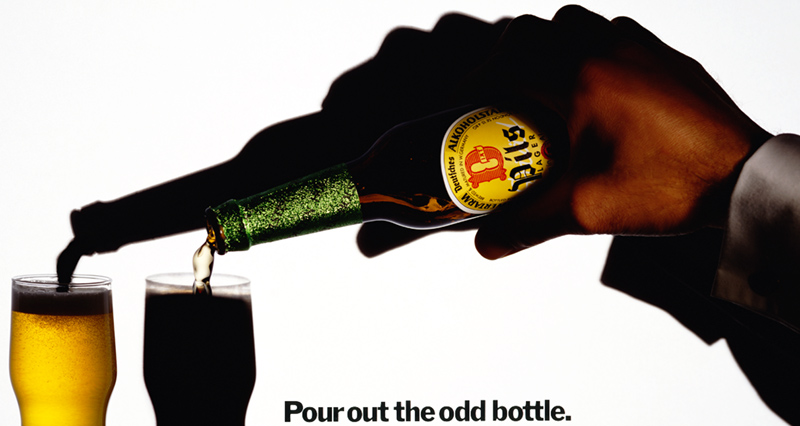
Also, I shot a blue envelope for Paul Arden, I think it got me a lot of work.
He asked for a print of it, so I spent two weeks making a 2 meter wide cyanotype, (a blueprint), the largest contact print I ever did.
I was pleased with many pictures for Absolut Vodka, again all done for real, in-camera.
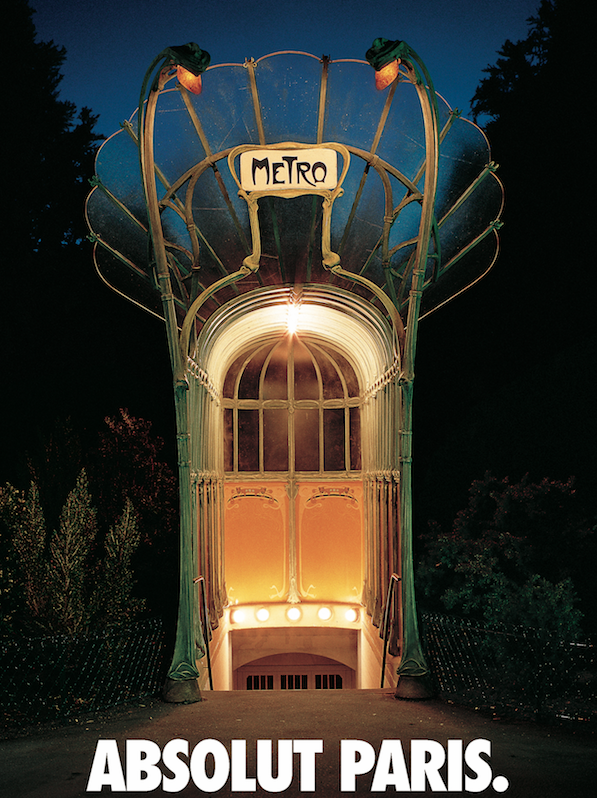




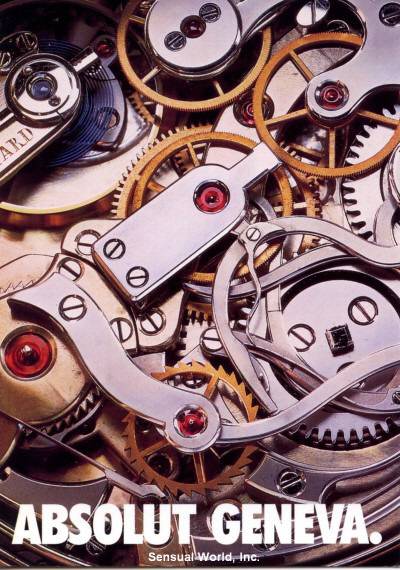
The Absolut Geneva ad would be drawn today, it would be perfect but wouldn’t feel as expensive as this. Was it down to great modelmaking?
One of my brothers is a clockmaker, he made the bottle, one half an inch long.
The jewel was put in on the computer.
How was this shot?
It was tricky. The gold was a model by Matthew Wurr, placed on glass and shot from below to avoid any reflections in the glass. 



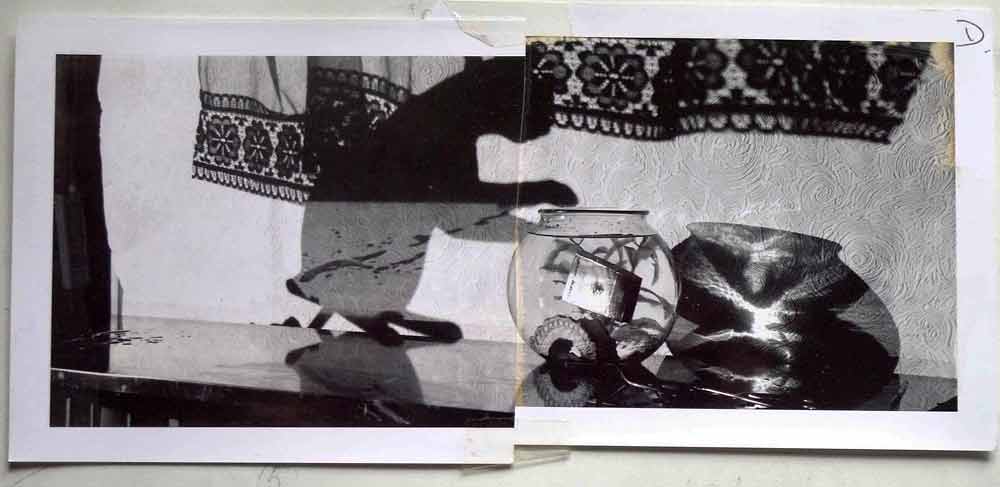

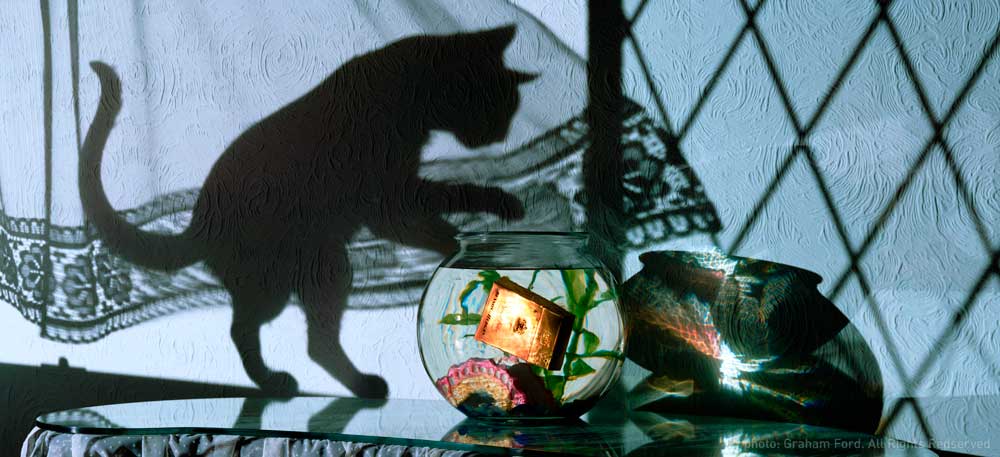
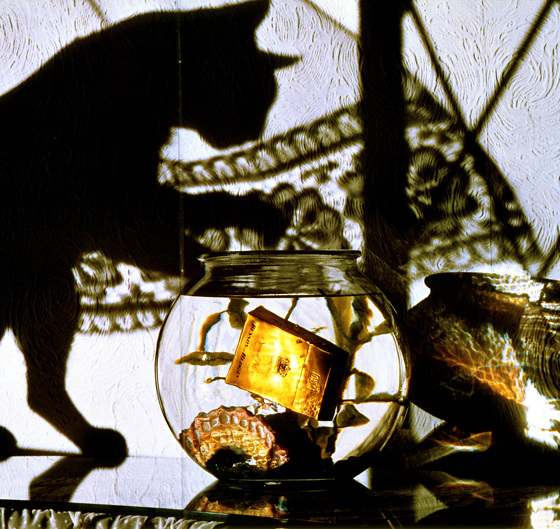
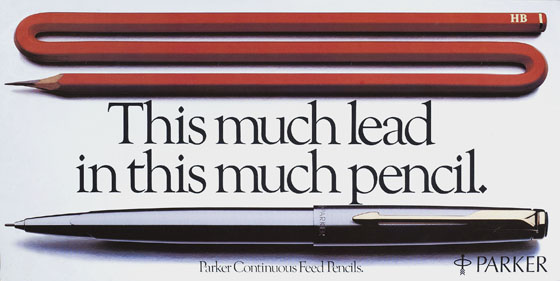

 I think Paul Arden is the best Art Director Britain has produced, what was he like to work with?
I think Paul Arden is the best Art Director Britain has produced, what was he like to work with?
A man of iron whim! Not my words, but they’re very apt.
He got the best out of people. (Providing they could get on with him.)
He also gave me many opportunities to prove myself.
He held very strong views, but they could change at any time.
You did the first Silk Cut ads together, shooting a bit of silk looks easy, I bet it wasn’t?
Paul had several photographers working on this for weeks.
I had to learn to shoot silk, how to dye it, cut it, light it, get the colour right.
It was easier after the first one.
To get the intense colour, Paul had the posters inked and printed twice, there was so much ink on them that they would not stick to the hoardings and started to peel at the joins.





How did you get that odd texture on the shower ad?
This was shot on a little known film, Polaroid 35mm instant transparency film, it was very grainy and had fine lines across it like a TV screen.
It also rendered the purple very well.
We wanted a degraded image as if it was from a movie.
There is a myth that 48 sheet posters have to be shot on large format. They do not.
A well known photographer who shot on 35mm told me once that if the agency wanted a picture shot on large format, he would just copy it on to 5 x 4. You turned a lot of assistants into very good photographers, The School of Graham Ford.
You turned a lot of assistants into very good photographers, The School of Graham Ford.
David Thorpe worked for Bert Stern and Arnold Newman in the US.
I worked for David.
Jerry Oke and Eugenio Franchi worked for me.
John Parker and Kevin Summers worked for Jerry.
Many others carry on a certain tradition and approach adding and adapting to it all the time.
David really understood advertising, having worked at DDB in New York.
For him great advertising photography was the expression of a great idea, it can be self indulgent and often meaningless out of that context.
The family tree is quite extensive, I am proud to be part of it.
I think we have all been willing to share ideas and techniques, I have no time for secrecy.

 Ever tempted to move into commercials?
Ever tempted to move into commercials?
I tried a few times, I think one commercial I co-directed even won an award in an obscure category at Cannes! but it was not for me.
I am very bad at delegating.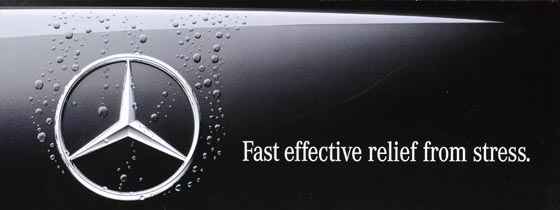
I can’t help noticing how shiny cars were back in the seventies and eighties?
I always asked for dark cars, for that reason.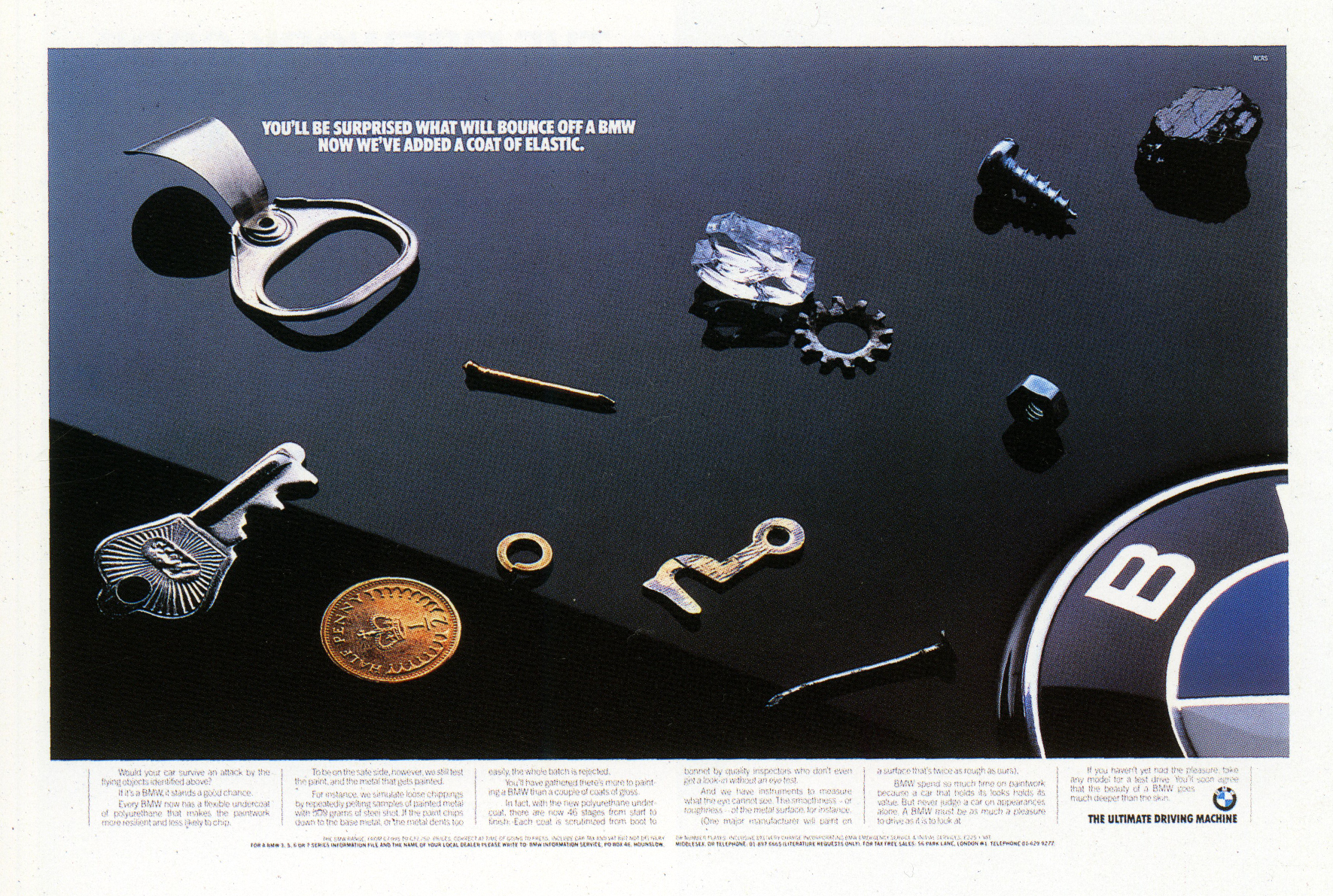

Did you meet your photography heroes, like Penn?.
No, though I attended talks by Elliot Erwitt and Richard Avedon.
They were totally professional, even when giving a lecture, I later thought they probably wanted to let people know that they were still approachable and available for work.
 Who were your rivals?
Who were your rivals?
In the sense I think you mean, I only admired pictures, not photographers.
Anyone who takes risks has a mixture of success and failure.
There were many very good photographs published in the 60s, 70s, 80s and 90s.
I think it was a Golden Age for advertising.
Ken Griffiths,
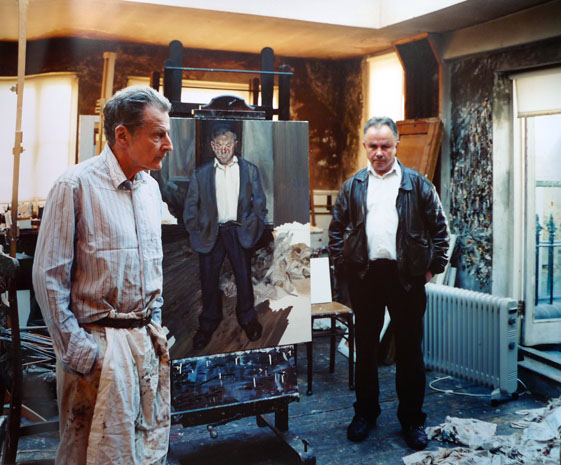
Pete Lavery,

Rolph Gobits,

Norman Parkinson,
 Peter Lavery,
Peter Lavery, and Brian Griffin.
and Brian Griffin. They were not rivals, but I admired their work.
They were not rivals, but I admired their work.
There were too many to mention that I did compete with in the UK, look at the D&AD annuals.
Also Daniel Jounneau…

…and Francois Gillet in Europe.

I thought Nadav Kander did some remarkable work too.

Why do your pictures still look more sumptuous than most photographs today?
Spending a week or more on a picture, weeks of model making and planning, 10×8 film, a handpicked group of talented people, decisions made by individuals not committees .
Film is an attractive medium in itself.
There is a magic, an alchemy, in the interplay between light, lens and film.
I may be wrong about this, but I guess Photoshop was derived from the techniques used in making animated films, so you have layers which are overlaid on each other.
Film does not work like that, black is an absence of light, it does nothing to the film,
film reacts only to light, not to dark.
I would leave the shutter open for five or ten minutes or more, adding one image on top of another in the dark. I don’t think you can really do that in the same way with digital cameras.


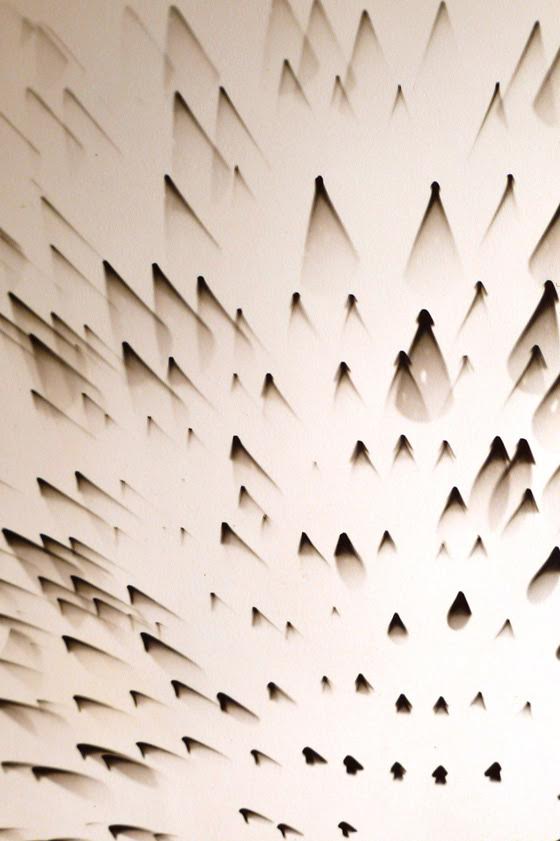
I may be wrong, but I think some of Brian Griffins’ images would not be possible with a digital camera.
I am fairly sure that mine would not, though there may be new developments that I am not aware of.
 The colours seem denser, the blacks seem blacker?
The colours seem denser, the blacks seem blacker?
I used to make very contrasty transparencies, ‘Chromes to weld by’ as Dave Christensen said, but they looked better in my portfolio.

When computers came in, the first thing some retouchers would do was lighten all the shadows.
I was surprised when I saw some of Lester Bookbinder’s transparencies just how flat they were, but they printed beautifully.
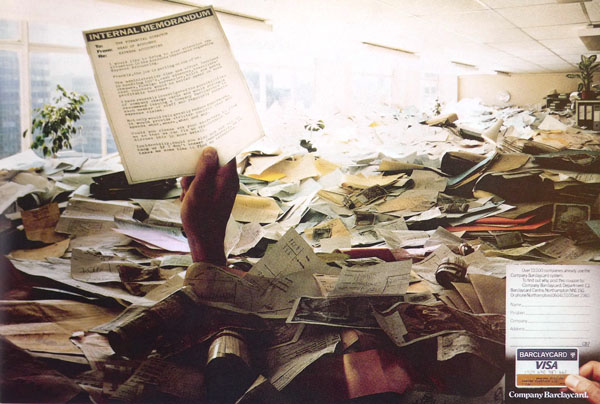 Model making vs CGI?
Model making vs CGI?
I have seen CGI images that are almost completely convincing.
It is an interesting area, because I think it has the potential to be rigorously accurate, if one person could have ultimate control over the whole image.
Once you start drawing and making things up, I think you would often be better off with an illustration.
You really have to know what you are doing to be a good illustrator.
 DAVE: Do you think digital technology has helped photography?
DAVE: Do you think digital technology has helped photography?
Experimenting is now easier, but I see less of it?
It must be good that anyone now can take a photograph and produce a usable image with little skill or forethought.
I expect many imaginative people are using photography in new and adventurous ways.
On the down side, it is a less exacting process, there is less at stake, it is easy to be lazy.
It is also fairly easy to make very complex images using Photoshop, but so many of these are meaningless or unconvincing.
I always felt the power of photography lay in its basic reality.
Of course the camera has always lied, but it lied convincingly. I can never really believe in an obviously digitally manipulated image.
To paraphrase Henry Wolf: Photography has the power to make an object or person seem unique, beautiful or ugly, thoughtful or desirable beyond its mere physical existence.
What’s keeping you busy at the moment?
These, silver vessels, each raised from a disc by hammering.




Do you collect, shoot or make them?
Make them, just for fun.
Amazing, they look great, thanks for sharing them Graham.
12 responses to IN-CAMERA 5: Graham Ford.
Leave a Reply to simonCancel reply
Pingbacks & Trackbacks
-
[…] D. 2015 In Camera 5: Graham Forde. [Online] UK. David Dye. Available from https://davedye.com/2015/08/18/in-camera-5-graham-ford/ [Accessed […]
-
[…] (https://davedye.com/2015/08/18/in-camera-5-graham-ford/ [Accessed 12.12.2018] […]
-
[…] [Accessed 12.12.2018.](https://davedye.com/2015/08/18/in-camera-5-graham-ford/ [Accessed 12.12.2018.](https://www.flickr.com/photos/behindthesmoke/6012304748 [Accessed […]
-
[…] with a number of leading agencies and global clients. She’s been described by Graham Ford as one of the best art directors he’d ever worked with. Among her top accolades, she’s featured in Campaign’s Top 100 Hall of Fame work for her […]
-
[…] with a number of leading agencies and global clients. She’s been described by Graham Ford as one of the best art directors he’d ever worked with. Among her top accolades, she’s featured in Campaign’s Top 100 Hall of Fame work for her […]
Another fantastic piece, keep up the good work.
Thanks Dave for keeping us all inspired by the great craftsmen
As to the White Horse ads, they were indeed dye transfers made in New York by Frank Tataro. Bill Philpot was the retoucher at John Sherfield’s Studio. I recall a crew of about 6 people felt it important to spend a week in New York to make sure the prints were OK! There was another shot titled Stiff Scotch but we won’t go there….
Thank you for the great read. May I ask, where did you source the Phil Marco beer mug image from?
Thank you,
John
Hey John, I think Graham dug up the beer image. D.
Phil Marco beer shot is in Photographis 76. Graham
My name is Gordon Aldred, as mentioned in your piece on Graham Ford. Due a flood I lost not only all my transparencies but also address books etc. Would you be so kind as to hand on my email to Graham Ford. It is: gordonaldred@gmail.com
Thankyou for your trouble
Done Gordon, Graham said he’ll contact you. Dx
Dear Dave, I am also trying to get in touch with Graham Ford as I would like to use one of his photographs as part of an art publishing project. If you could pass on my email I would be really grateful (moistbooks@protonmail.com). All Good Wishes, Sarah
A fine article Dave! It brought back memories of what a wonderful time it was to be in the business, surrounded by so many talented people. Best wishes, Digby.
Great to hear from one of the masters, remember and inspired by the work. So lucky I caught the tail end of this era, we were blessed when film was king and poleriod was your friend.
My last photographic session while at at Saatchi’s was with Graham, the master of the Polaroid. I wanted a lion lying with a lamb, the two separate shots to be combined by Studio 10 (remember them – I still have the Zippo lighter). Unbelievably, the lion was relatively easy position. A couple of Polaroids for lighting and on to film, but the lamb was all over the place and it took far longer to get the shot. G patiently took Polaroid after Polaroid for reference where ever the lamb was for when he eventually went to film. My only keepsake of this event is a signed Polaroid of the farmer cajoling the recusant lamb to stay still, hanging in our downstairs loo!